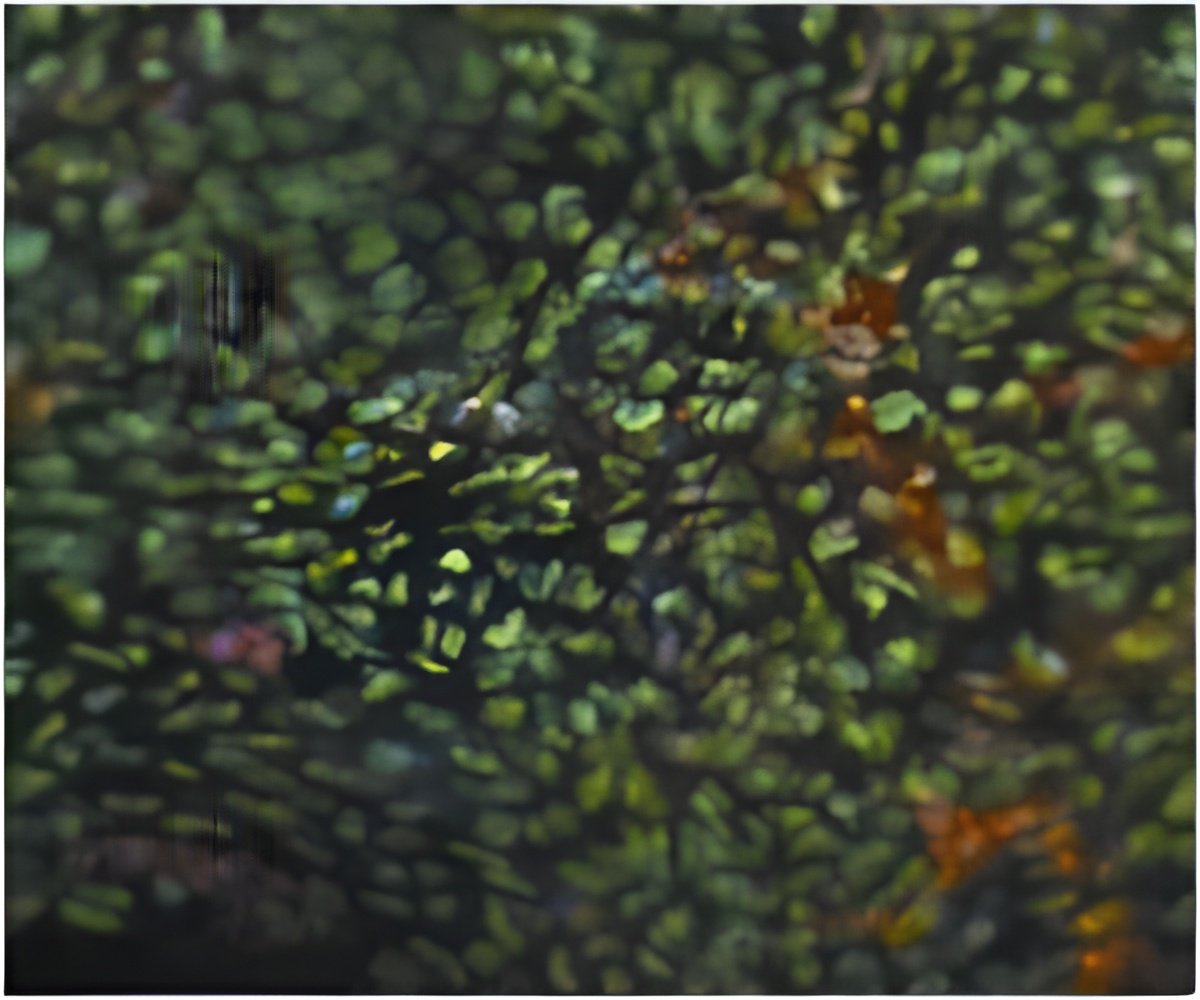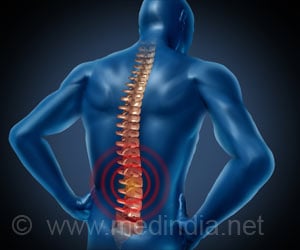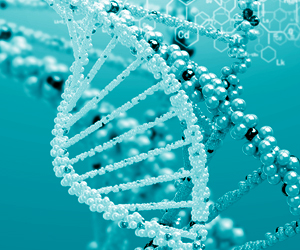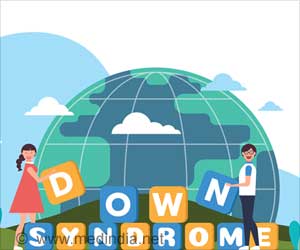
Over the past decade, clinical studies have shown that post-SCI pain interferes with rehabilitation, daily activities, and quality of life and may substantially influence mood, leading to depression and even suicide4-7.Chronic neuropathic pain following SCI is divided into three types: at-level pain (pain within the body segments innervated by spinal cord segments at the level of the injury), below-level pain (pain within body segments caudal to the level at which the spinal cord was injured), and above-level pain (pain within body segments rostral to the level at which the spinal cord was injured)8.
The mechanisms underlying SCI-induced chronic neuropathic pain are not well understood. Aberrant central sprouting of nociceptive fibers has been commonly proposed as a mechanism of SCI pain and is associated with mechanical allodynia induced by SCI9-11. Demyelination (loss of myelin) and dysmyelination (abnormal myelination) induced by oligodendrocyte injury and death are important contributors to SCI-associated behavioral deficits, including pain12-16. For instance, SCI-induced dysmyelination is involved in the aberrant sprouting of nociceptive fibers and causes SCI pain behaviors. Thus, remyelination of demyelinated/dysmyelinated axonsin the injured spinal cord could be an important repair therapy for SCI and one of the key elements for functional recovery and aberrant sprouting prevention after SCI, published in the Neural Regeneration Research (Vol. 9, No. 5, 2014).
Source-Eurekalert














